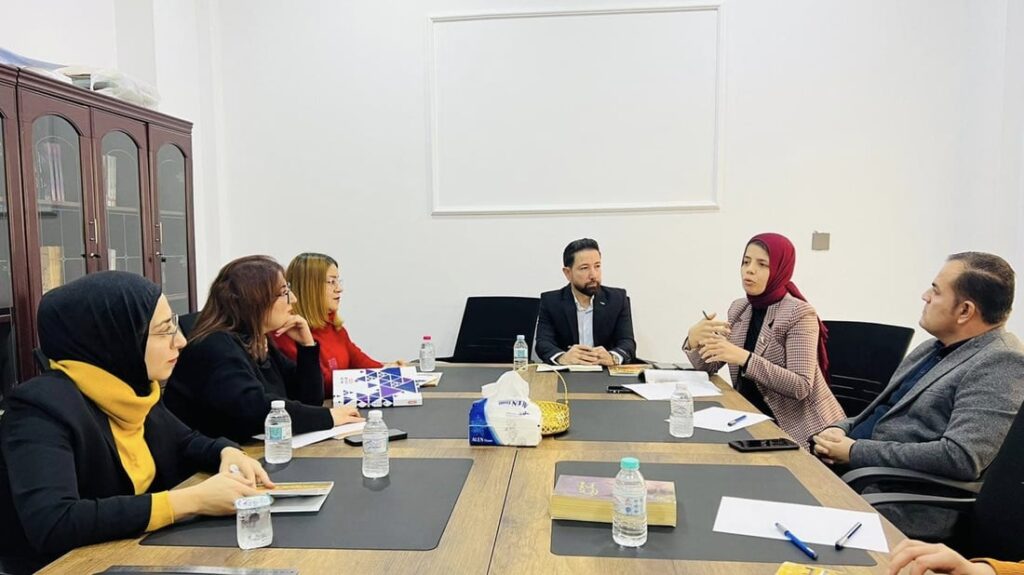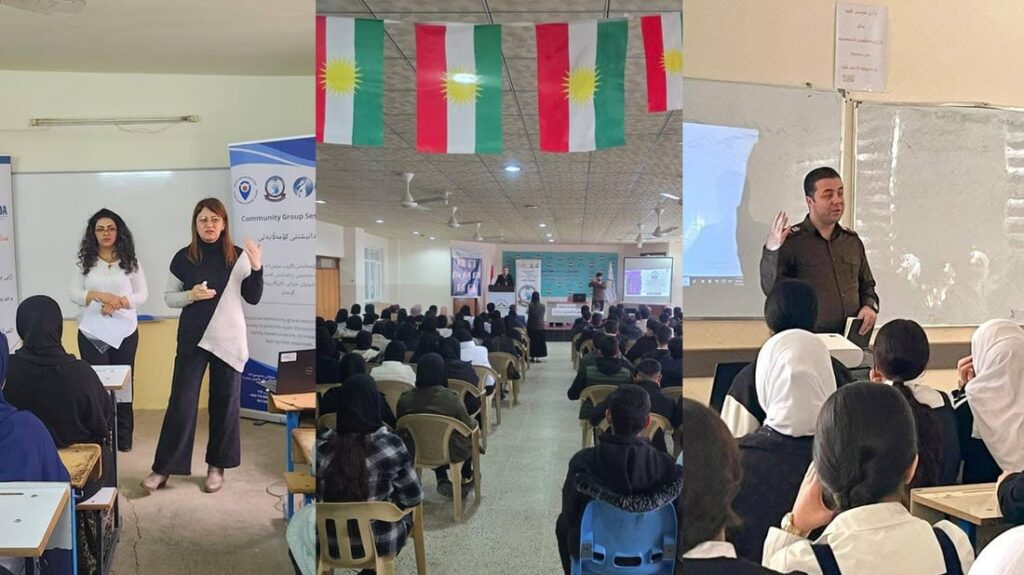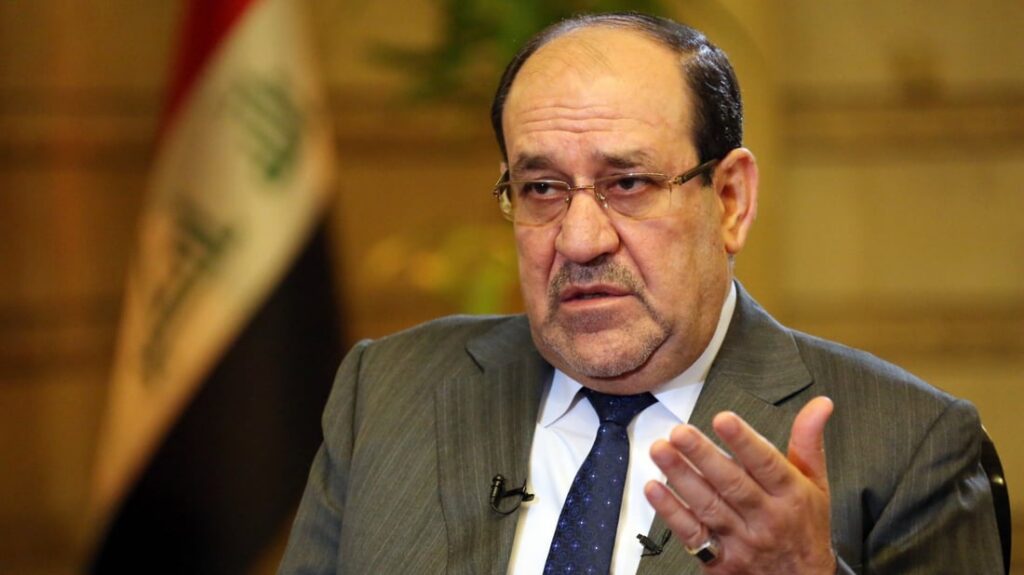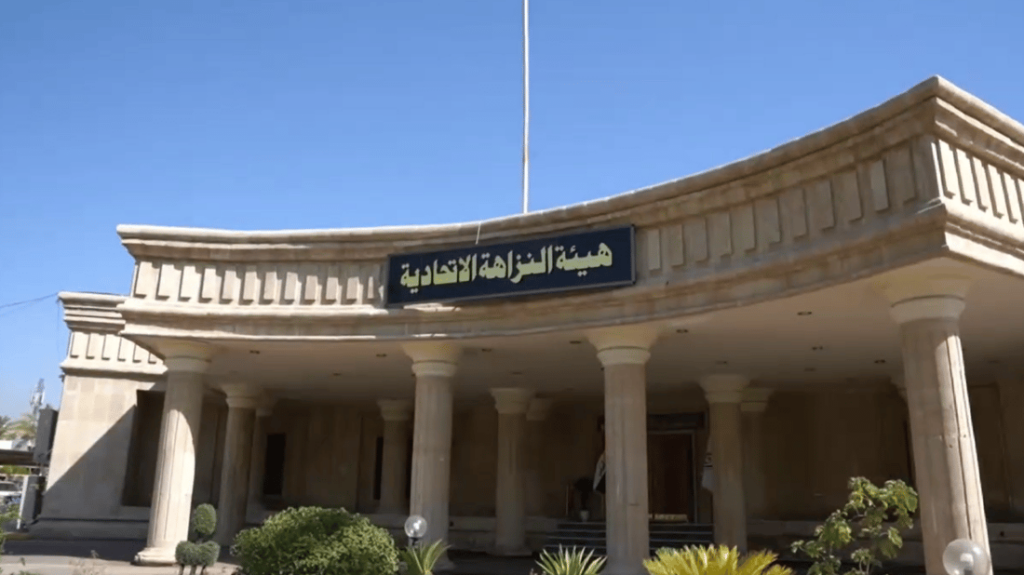Syrian Arab Republic: Syria ‑ Complex Emergency Fact Sheet #9, Fiscal Year (FY) 2019
HIGHLIGHTS
GoRF and SARG announce unilateral ceasefire in Idlib; insecurity persists
More than 400,000 people flee GoRF and SARG offensive in northwest Syria
SARC and UN launch mission to deliver assistance, support voluntary relocations at Rukban
USG provides nearly $1.5 billion in FY 2019 to assist vulnerable populations in Syria and Syrian refugees in neighboring countries
KEY DEVELOPMENTS
The Government of the Russian Federation (GoRF) and Syrian Arab Republic Government (SARG) announced a unilateral ceasefire in Idlib Governorate on August 31 following several months of a continued GoRF and SARG offensive targeting armed opposition group (AOG)-controlled areas of the governorate. While the number of airstrikes subsided following the ceasefire announcement, relief actors continued to report instances of shelling and isolated airstrikes in southern Idlib through September. The UN reports that GoRF and SARG airstrikes killed more than 1,000 civilians in northwest Syria between April 29 and September 30.
In August, the Syrian Arab Red Crescent (SARC) and UN agencies began a three-phase operation to assist populations living at the informal Rukban settlement—located along the Jordan–Syria border berm—where humanitarian conditions have continued to deteriorate in recent months. Nearly 19,000 people departed Rukban between late March and early September, and the UN and SARC plan to assist in the voluntary relocation of remaining individuals who wish to leave the site for other areas of Syria.
On September 20, upon receiving SARG approval, UN Secretary-General (SYG) António Guterres appointed Imran Riza as UN Resident Coordinator and Humanitarian Coordinator in Syria based in the capital, Damascus; the position had been vacant since December 2018.
In FY 2019, the U.S. Government (USG) provided nearly $1.5 billion to address the humanitarian needs of conflict-affected populations throughout Syria and of Syrian refugees in neighboring countries. The funding, provided through USAID/OFDA, USAID/FFP, and State/PRM, supports food; health; protection; shelter; water, sanitation, and hygiene (WASH); and other programs for vulnerable populations.





